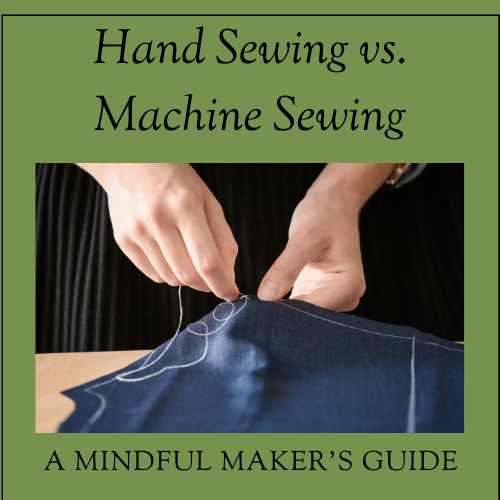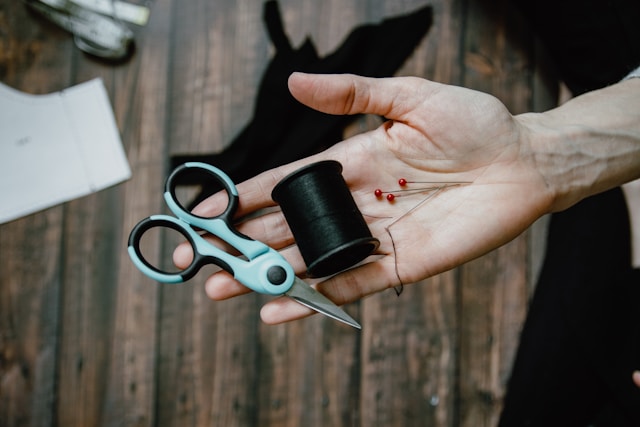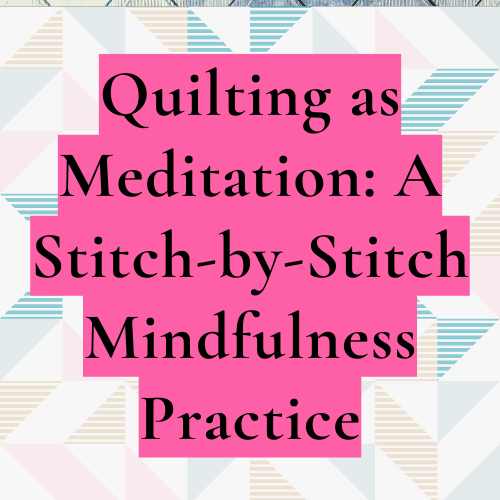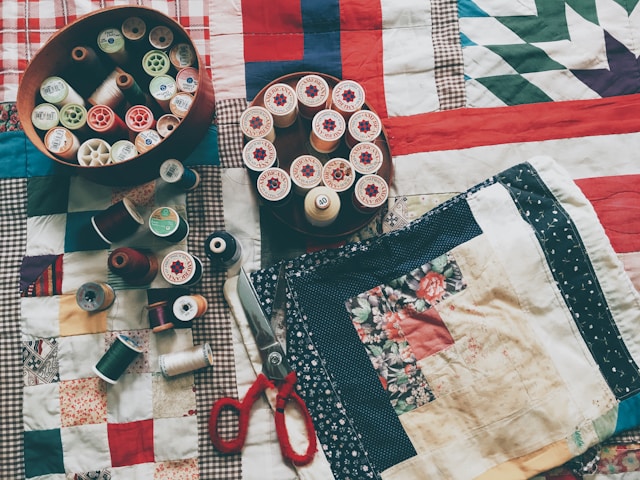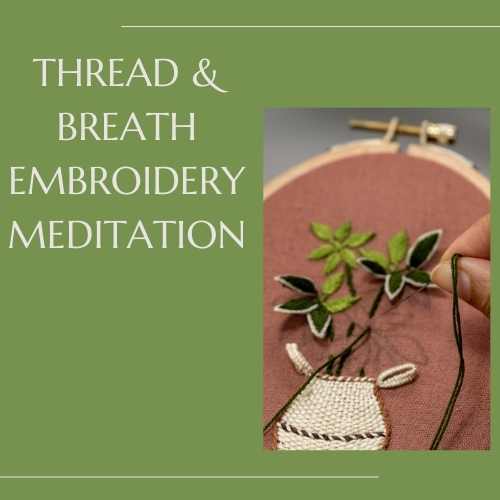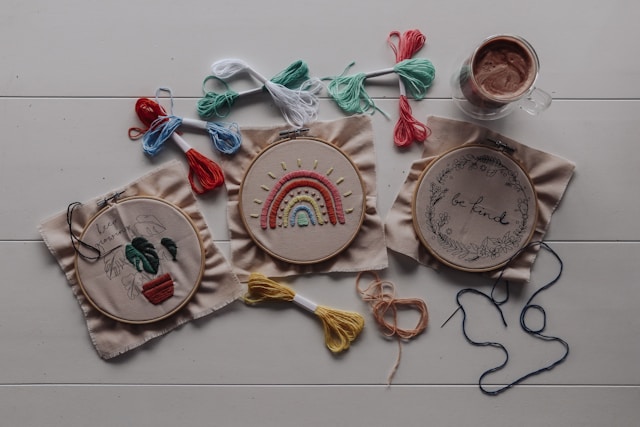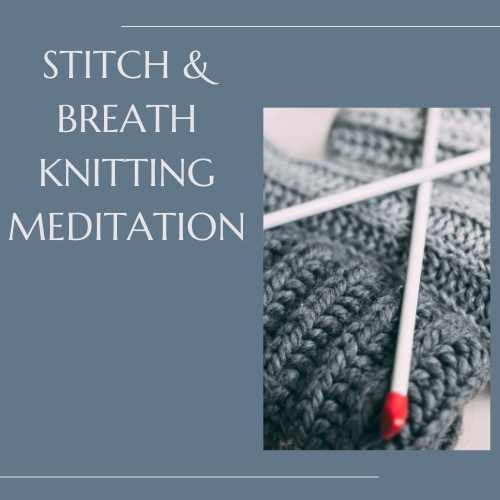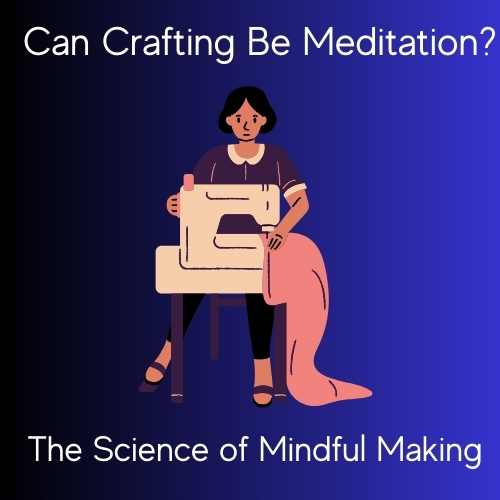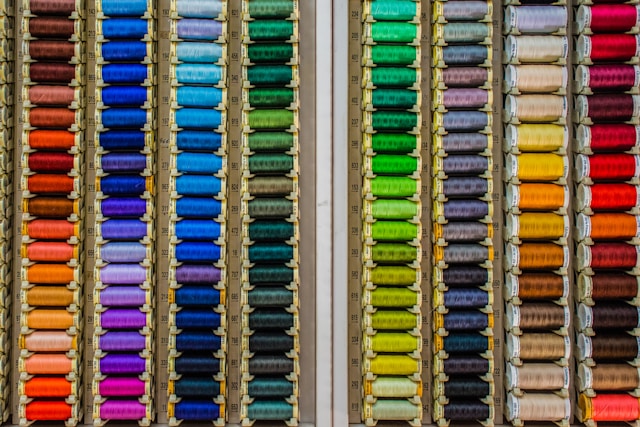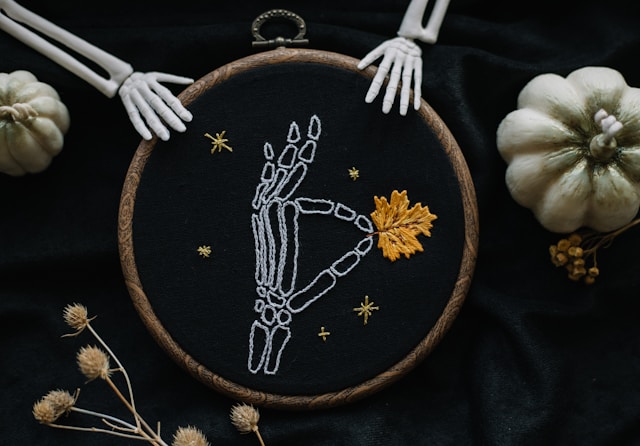Sewing is more than just a way to create clothing, quilts, or home décor—it’s a deeply personal craft that connects us to tradition, creativity, and even our own sense of well-being. For those who approach sewing with mindfulness and intention, both hand sewing and machine sewing offer unique rhythms, challenges, and meditative qualities.
While neither is inherently better than the other, they offer different experiences in terms of pace, focus, and sensory engagement. Whether you’re drawn to the slow, rhythmic pull of a hand-sewn stitch or the steady hum of a sewing machine, understanding these differences can help you choose the right method for the moment and enhance your creative experience.
Let’s explore how each approach supports mindfulness and crafting with intention, along with tips to make the most of their unique benefits.
🧶 Want to learn more? Click here to join Craft to Heal.
Hand Sewing: The Art of Slow, Intentional Stitching
Hand sewing is the ultimate slow stitching practice—a methodical, tactile experience that invites complete presence. Unlike machine sewing, which can move at a rapid pace, hand sewing requires patience, making it a natural fit for those looking to incorporate mindfulness into their craft.
How Hand Sewing Supports Mindfulness
🧵 Rhythmic, Repetitive Movement – The process of drawing a needle through fabric, pulling it taut, and repeating creates a meditative, repetitive rhythm. Much like knitting or crocheting, this steady movement helps quiet the mind and center attention.
🧵 Deep Engagement with Fabric & Thread – When hand sewing, you are fully in control of each stitch. You feel the tension of the thread, the way the fabric gives, and the moment the needle punctures through. This heightened sensory awareness helps anchor you in the present.
🧵 Slows the Creative Process – Because hand sewing takes time, it naturally encourages patience and presence. Instead of rushing to finish a project, you learn to appreciate the journey of each stitch, making it a powerful tool for relaxation.
🧵 Connection to Tradition & Heritage – Hand stitching has been practiced for centuries. Many sewists feel a deep sense of connection to past generations when working by hand, making the process feel meaningful and grounding.
Tips for Enhancing Mindfulness in Hand Sewing
✨ Breathe with Your Stitches – Try inhaling as you insert the needle and exhaling as you pull the thread through. This simple practice aligns your breath with your movement, fostering deeper relaxation.
✨ Choose a Quiet Space – Hand sewing doesn’t require machines or distractions. Use this as an opportunity to sew in silence or with calming background sounds like nature recordings or soft instrumental music.
✨ Savor the Texture & Sensation – Notice how different fabrics feel between your fingers. Observe how the thread glides, knots, or resists. Let yourself experience the tactile nature of sewing.
✨ Make Peace with Imperfection – Hand-sewn stitches will never be perfectly uniform—but that’s part of their beauty. Celebrate the character and uniqueness in each stitch rather than striving for machine-like precision.
✨ Use It for Small, Meaningful Projects – Instead of reserving hand sewing for only repairs, try hand-stitching an entire small project—like a patchwork block, sashiko-style embroidery, or a delicate appliqué. The experience of creating something fully by hand is incredibly rewarding.
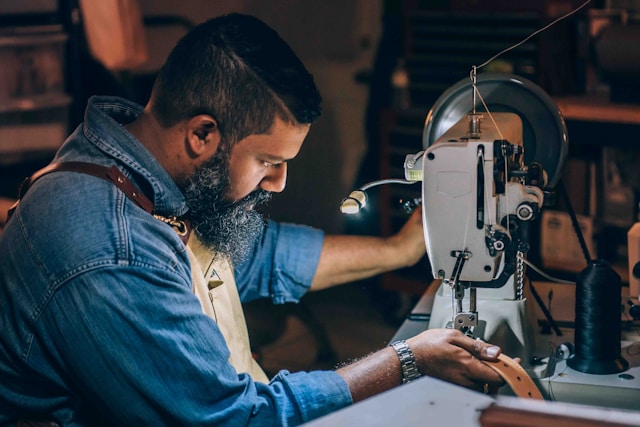
Machine Sewing: The Flow of Efficiency & Focus
While machine sewing is often associated with speed and productivity, it can also be a mindful practice when approached with intention. The steady hum of a sewing machine, the rhythmic feeding of fabric, and the coordination of hands and foot pedal can create a state of flow, much like playing a musical instrument.
How Machine Sewing Supports Mindfulness
🧵 Encourages Full-Body Focus – Machine sewing engages your hands, feet, eyes, and breath all at once. This level of coordination can be an excellent way to practice deep focus and present-moment awareness.
🧵 Creates a Flow State – When you’re in sync with your machine, time seems to disappear. This state of deep focus, often referred to as “flow”, is incredibly calming and can be a great stress reliever.
🧵 Harnesses the Power of Repetition – Whether you’re chain piecing quilt blocks or stitching long seams, machine sewing has a rhythmic, repetitive quality that can feel meditative. The steady movement of fabric and the hum of the machine create a sensory experience that encourages relaxation.
🧵 Encourages Confidence & Trust in the Process – Sewing machines can feel intimidating at first, but once you develop muscle memory, they offer a sense of empowerment. Trusting your hands to guide fabric smoothly builds confidence and patience—important elements of any mindfulness practice.
Tips for Enhancing Mindfulness in Machine Sewing
✨ Match Your Breathing to Your Movements – Just like in hand sewing, try breathing in as you guide fabric into the machine and exhaling as the needle moves through. This creates a steady, calming rhythm between breath and motion.
✨ Eliminate Distractions – While machine sewing may feel more technical, it can still be a mindful practice. Turn off background noise, set your phone aside, and allow yourself to fully focus on the sound of the machine and the movement of the fabric.
✨ Emphasize the Sensory Experience – Pay attention to the vibrations of the machine under your hands, the steady whir of the motor, and the way the fabric shifts beneath the presser foot. Let these sensations ground you in the present moment.
✨ Use Machine Sewing for Large, Repetitive Work – If you’re working on a big quilt or long seams, take advantage of the meditative repetition. Chain piecing, strip sewing, and free-motion quilting all offer opportunities for flow and presence.
✨ Slow Down Your Speed – While machines can move fast, there’s no rush. Try sewing at a lower speed to focus on each stitch with greater awareness. This helps prevent frustration and keeps you engaged with the process rather than just the outcome.
Hand Sewing vs. Machine Sewing: Which One to Choose?
Both hand and machine sewing can be mindful, grounding experiences, but they offer different benefits depending on what you need in the moment.
| Hand Sewing 🧵 | Machine Sewing 🚀 |
| Slow, meditative pace | Fast, rhythmic flow |
| Full control over each stitch | Encourages trust in the process |
| Deeply tactile, sensory experience | Engages full-body coordination |
| Best for small, detailed projects | Ideal for large-scale work & repetitive seams |
| Rooted in tradition & heritage | Creates a sense of empowerment & confidence |
Ultimately, the best choice is the one that aligns with your creative needs and energy level. Some days, you may crave the gentle, meditative rhythm of hand stitching, while other days, you may find peace in the steady, fluid motion of machine sewing.
Whichever method you choose, approach it with intention. Sewing isn’t just about making something—it’s about the experience of making itself. When you embrace each stitch, each moment, and each breath, you transform sewing from a task into a form of creative meditation.
